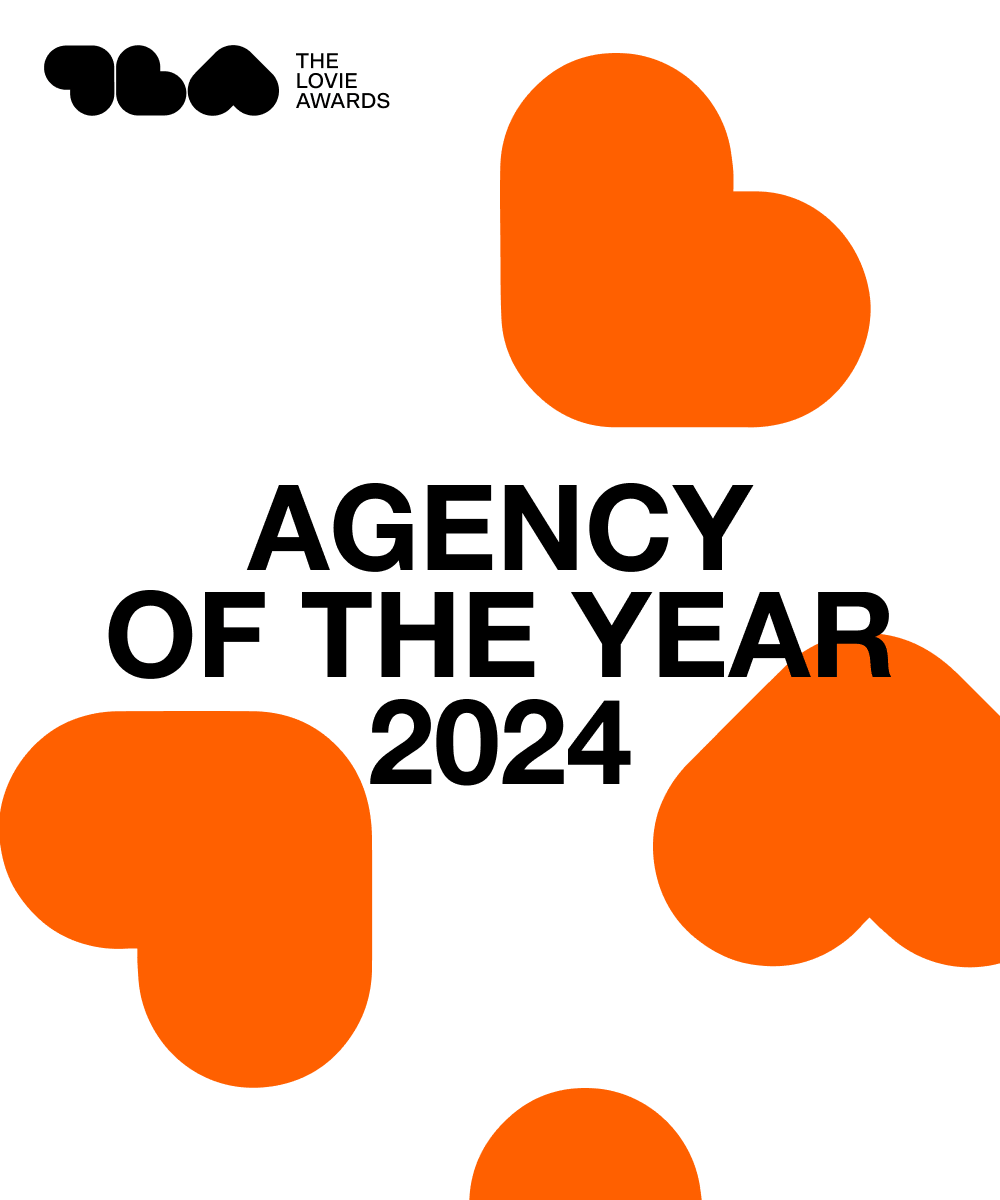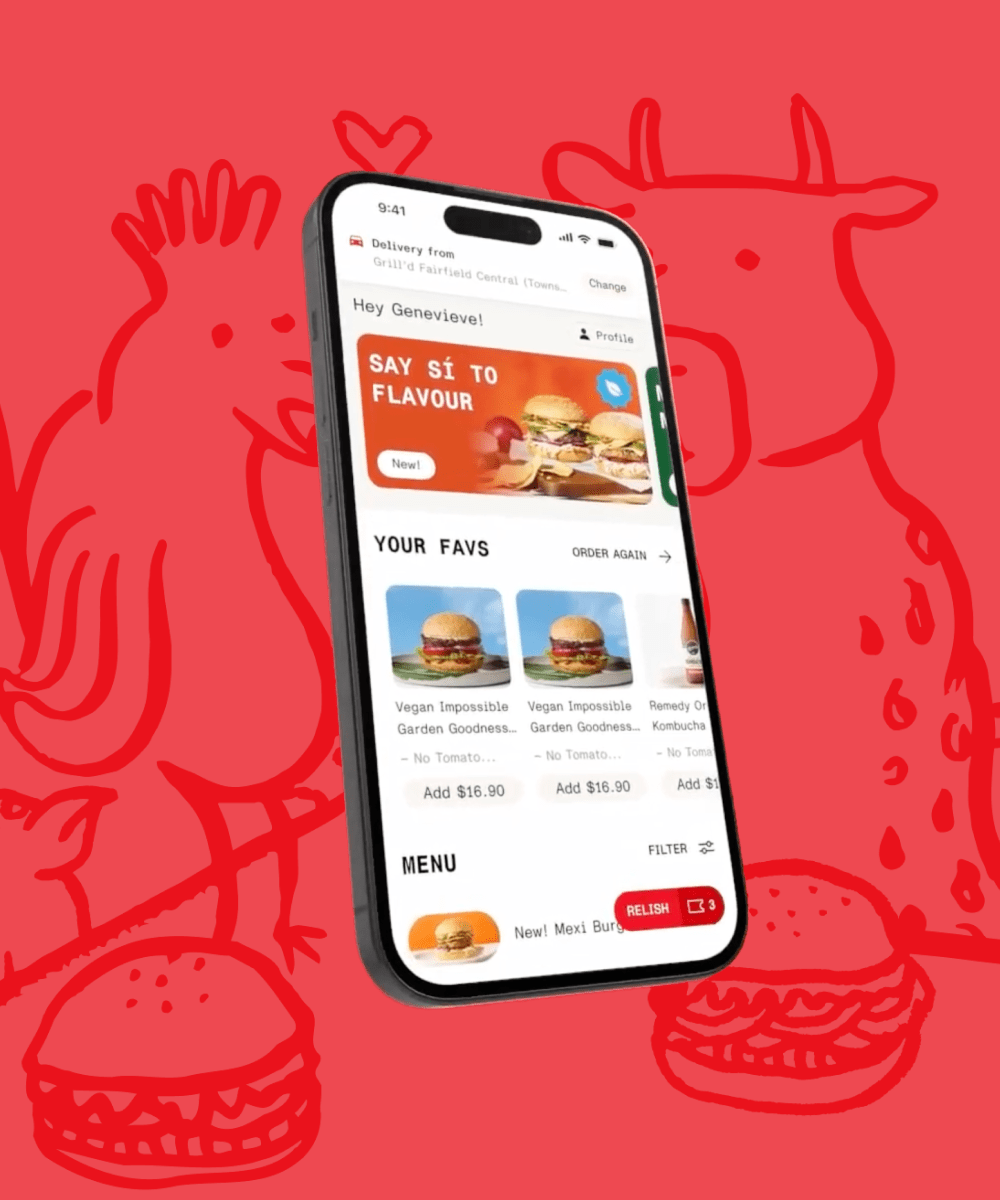How to create a tactical strategic response to COVID-19

The COVID-19 pandemic has disrupted our personal and working lives in ways never experienced before. For businesses and organisations across the globe, it has created a huge cloud of uncertainty about what the next few months, and even years, may hold. The effects of this pandemic are obviously widespread and long-lasting but, critically, at a local, national and global stage, they are currently unquantifiable.
As all of our organisations and businesses work through the immediate effect of the pandemic, four key areas of impact stand out across the majority of verticals, in varying degrees:
- The removal of personal contact in transactions or sales cycles.
- Restrictions on global travel.
- Significant and immediate reduction in demand due to consumer or business uncertainty.
- Supply chain interruption and/or decrease.
For those of us working in or close to marketing, digital and IT teams, we have felt the pressure that comes with such immediate disruption and uncertainty, with urgent questions on our roles, our budgets and spend.
“Where our real responsibility lies within this unique scenario, is our ability to think tactically and transformatively.”
It is far more valuable to any business or organisation if we resolve or alleviate the disruption to the business, rather than to ease symptoms by pausing or removing investment in digital, thereby creating a different longer term impact to the business.
This article is designed to help you create a fast-paced response to both mitigate any immediate risks to the business, while preparing for long-term recovery.
How can you create a tactical response to COVID-19?
For maximum speed, efficiency and creative problem-solving, work through the following points in a ‘war room’ style remote session involving 3 – 6 key senior stakeholders (any more and it becomes fragmented and unproductive).
It is vital that you include IT or IS representatives, as well as the key stakeholder managing front-line sales or customer service staff.
1.Identify the problem
Critically, make sure you identify the real problems – these will be high level, not symptomatic. One tactic our consultants use, is the ‘persistent why’ to uncover the true underlying problem. For example, your sales are down 45% and you expect them to rapidly drop further. Why?
- Is it because people only buy in person or with consultation?
- Is it because you can’t service the current demand levels?
- Is it because people need to see the product?
- Is it consumer appetite?
- Is it viewed as a non-essential purchase in this critical time?
Understanding the real underlying issues is key and what will empower you to ‘work the problems’.
2.Work the problem with a changed mindset
This is a unique opportunity for digital professionals to apply creative thinking beyond the realms of comfort for most businesses – especially those which are more averse to change and risk. If you work for a business like that, you may never have an opportunity like this again to get rapid traction on a tactical idea, and the free reign to apply it without jumping through 100 hoops. Seize it without fear of failure. In the current, unique climate, at worst you’ll create zero change but at best, you could revolutionise how the business operates.
Think outside the current parameters of the business and brand:
- If this revenue stream cannot be unblocked, are there other/new revenue streams you could create?
- Can you shift business emphasis and investment to a different product/service?
- How could users experience the product virtually?
- Could you change your proposition to a ‘delivery’ model?
- Could you create a new sister brand and business proposition for tactical pricing?
Finally, don’t assume user behaviours of a month ago still stand. Your consumers and audience are open to change now, because it benefits them as much as you.
Equally, it’s unlikely they’ll be able to tell you what they want; right now it’s about showing them something. Trial it. Get started and get something in front of them, fast.
3.Review & accelerate your digital roadmap
If you don’t have one it doesn’t matter. A roadmap can be 5-12 points written down on a page, so don’t get puristic about this right now. Just think about how your audience can interact with you in the given circumstances and restrictions.
“If you’re cutting costs rather than shifting or reapportioning them, you’re not solving the problem; you’re just trying to reduce the effects.”
From video live chat to group calling, mobile apps for offline access to VR platforms. Consider anything that you can tap into rapidly with software-as-a-service models, machine learning and chat bots. Rapidly research digital tools and channels that remove the blockers you’ve identified. Conduct quick due diligence and deliver agile for a fast speed-to-market.
Don’t over-plan. Be tactical. Prepare to fail and try something else – quickly. Go live, test, update and go live again. The key aim is speed-to-market in a 3 month window to deliver rapid change.
If you do have a digital road-map, review and update it to ensure that all upcoming projects deliver a tactical advantage within the context of your digital transformation plans.
4.Increase your communication with customers and the marketplace
Now is a defining time for brands to have honest, genuine and empathetic messaging. The brands that choose to acknowledge and engage will be the ones that audiences pay attention to. Think about how you can be useful and informative, and deliver value to your users.
Consider educational platforms and content, publishing webinars and tutorials which showcase your brand’s personality and support your customers. If nothing else, update your users on your view of the current climate, what it means for your brand and your workforce, and the highs and lows of how you are dealing with it. This ‘in it together’ messaging can bring it home to users that even the largest brands are the sum of the people who work for them.
5. Consider data capture
Once you’ve worked through all the areas above, established what you can achieve with tactical digital transformation, and have created your new plan for user/audience communication, finally consider data capture.
In an ideal world, you have created new tactical changes to preserve and improve your business as far as possible. However, never forget the value of data.
Part of your strategy should always include how you can use your tactical transformation work, communication, and campaign planning to increase your data capture in this more challenging period. Be ready to use it to increase revenue and conversion during recovery. (It goes without saying that all data capture should follow GDPR best practice principles).
6. Prepare for recovery
At some point, the spread of COVID-19 will start to decrease and national lockdown measures will be relaxed. Markets will enter a recovery stage as we return to normality. With regards to your digital estate, make sure that any non-tactical investments which have been postponed are scheduled and budgeted in. It is likely that during this period of recovery, digital agencies will be swamped and finding resource will be more challenging.
Consider how many of the tactical changes you have been pushed to implement will be retained, and what the cost/benefit is of these to the business. With more time to review, consider and evaluate the changes you have made. Look at the service design of the sales or engagement process with your audience; what does it now look like? What have you learned? What is the new ‘normal’? Speak to your users, run workshops, do behavioural mapping, and 1-2-1 sessions; now is the time to find out directly from them the impact of this unprecedented disruption.
7. Presenting your strategic approach
Present your strategy lightly: one slide per point. This is about speed; you don’t want to be held up procrastinating over a lengthy strategic document, and you don’t want to have to book a half day session with your key stakeholders to communicate your thinking. They won’t appreciate it currently either.
Covid-19 and its legacy are going to be long-term, so this won’t be a one-off exercise. There will be further strategic thinking required to build in the necessary operational resiliency to survive this new reality. But, for now, the Covid-19 pandemic has showcased the value of tactical IT and digital transformation. It is up to digital and marketing professionals like us to help organisations use this time to accelerate the transition.
Need advice? Contact us to book a 30 minute call with DEPT®’s senior team for a no-strings consultation.



